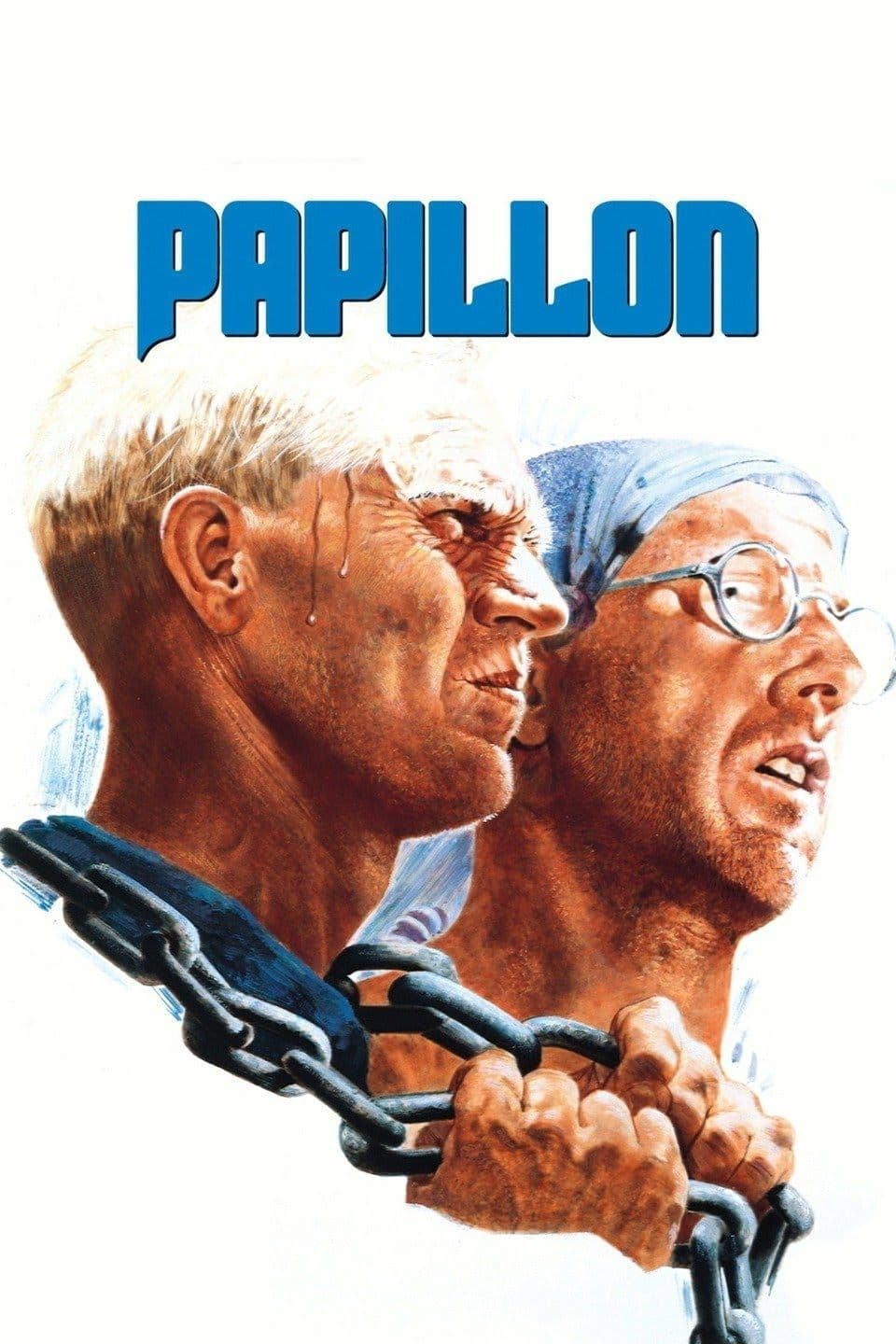
Papillon
1973
Rate this movie
Average: 0.00 / 5
(0 votes)
Director
Based on the novel of the same name by Henri Charrière and screenplayed by none other than Dalton Trumbo, a titanic figure and martyr of the Hollywood blacklist, Papillon represented an incredibly challenging test for Franklin J. Schaffner. Trumbo's imprint, fresh from a decade of ostracism that had forged in him an intellectual resilience and a keen sense of injustice, is palpable: his pen, already the author of works that challenged authority and celebrated indomitable individuality like Spartacus or Johnny Got His Gun, conferred upon the narrative a depth and urgency that transcended a mere escape story. His own life, a metaphorical imprisonment imposed by political phobia, made him the ideal architect for such a visceral hymn to freedom.
Firstly, because the filming location was almost wild – it was actually shot in Guyana, in the pulsating and inhospitable heart of a nature that becomes a prison itself, an element as majestic as it is threatening. The choice to shoot on location, rather than reconstructing in a studio, was not a mere aesthetic whim: it imprinted into the very fabric of the film the fatigue, the sweat, the alienation of those hellish places. The extreme conditions, the suffocating heat, the insects, the diseases, became an integral part of the actors' performance and the characters' despair, contributing to a raw and relentless realism that goes far beyond mere set design. This titanic effort is reflected in every shot, giving the film an almost documentary gravitas. Secondly, because the screenplay was imposing, and they had to manage a film that nearly reached three hours – it was later reduced for distribution needs, a cut that, while speeding up the pace for the general public, perhaps sacrificed some of the psychological nuances and temporal transitions that could have lent greater cohesion to an intrinsically episodic narrative, made of attempts, failures, and long waits. And thirdly, because the psychological characterization of the characters was by no means simple, being a story that encompasses men of varied social backgrounds and origins, each with their own reaction to the hell of detention.
The critics, it is well known, did not forgive Schaffner for creating a "disjointed" work (Morandini and Kezich panned it with two out of five stars). Perhaps too rigid a reading for a film that, in its apparent disarticulation, precisely reflects the existential fragmentation imposed by imprisonment, and the episodic nature of the escapee's journey narrated in the novel. Schaffner, a director accustomed to grand epic frescoes like Patton or Planet of the Apes, here does not abandon his grandiose vocation, but rather adapts it to serve an intimate battle, transforming the vastness of the jungle and the isolation of the island into a canvas for man's inner drama.
What is Papillon about? It is certainly a story of detention and friendship, but it is also a hymn to the incorruptibility of the human spirit. On this desolate stage of deprivation, Steve McQueen and Dustin Hoffman demonstrate in some respects unparalleled acting prowess, bringing to life an unforgettable duet. McQueen, with his iconic stoic resolve and the ability to communicate inner torments with a glance, embodies Papillon, the man whose obsession with freedom is an unquenchable fire. His performance is not merely physical, but a battle against psychological annihilation. Hoffman, in the role of the intellectual Louis Dega, the fearful and pragmatic forger, offers the perfect counterpoint: his vulnerability, his dependence on Papillon, and his gradual transformation from coward to loyal companion in misfortune, are a masterpiece of subtlety. Their on-screen alchemy transcends a simple "buddy-story," evolving into a deep, almost symbiotic bond, essential for survival in a context that would otherwise annihilate any individual aspiration.
In French Guiana, in what were among the most infamous penal colonies in history – the notorious bagne – subjects deemed most dangerous by the French government are confined to a maximum-security penal colony. A brutal system, of which Devil's Island was the most sinister symbol, designed not only to imprison but to break the soul, to nullify the individual. The film does not hesitate to show its desolation, arbitrary violence, and systematic dehumanization, making the pursuit of freedom an act not only of defiance but of reassertion of one's humanity.
But Henri Charrière, known as Papillon, the man tattooed with the butterfly, is not easily imprisoned. And this film is the story of his infinite yearning for freedom, an almost metaphysical quest that pushes him beyond every physical and mental limit. The strength of a man, the film suggests with disarming clarity, resides in his dream, in his ability to keep alive the flame of hope and purpose, in his being free regardless of everything and everyone, even and especially the bars and brutality that surround him. It is not just a physical escape, but the stubborn defense of one's identity and dignity against a system that seeks to annihilate them. It is the affirmation that, as long as one desires freedom, it exists, at least in the heart.
A work somewhat disjointed, it is true, at times heterogeneous in its narrative weaving, but with a unique narrative power that captures the viewer and does not let go, with a great acting performance by the two protagonists that elevates the material to heights of excellence, and with a delicate psychological focus on every character involved in the story, even minor ones, which contributes to a picture of desolate yet touching humanity. Where other prison films, such as the nevertheless remarkable The Shawshank Redemption decades later, focus on the strategic intelligence of escape, Papillon emphasizes the primal and almost irrational force of will. It is not so much the "how" one escapes, but the "why" one continues to seek escape, against all odds and all reason. It is an existential epic that questions the very nature of freedom and imprisonment, and therein lies its intact and moving greatness. This is enough for us to love it, to forgive it for any presumed imperfection, and to deservedly include it in this list of timeless masterpieces.
Country
Gallery
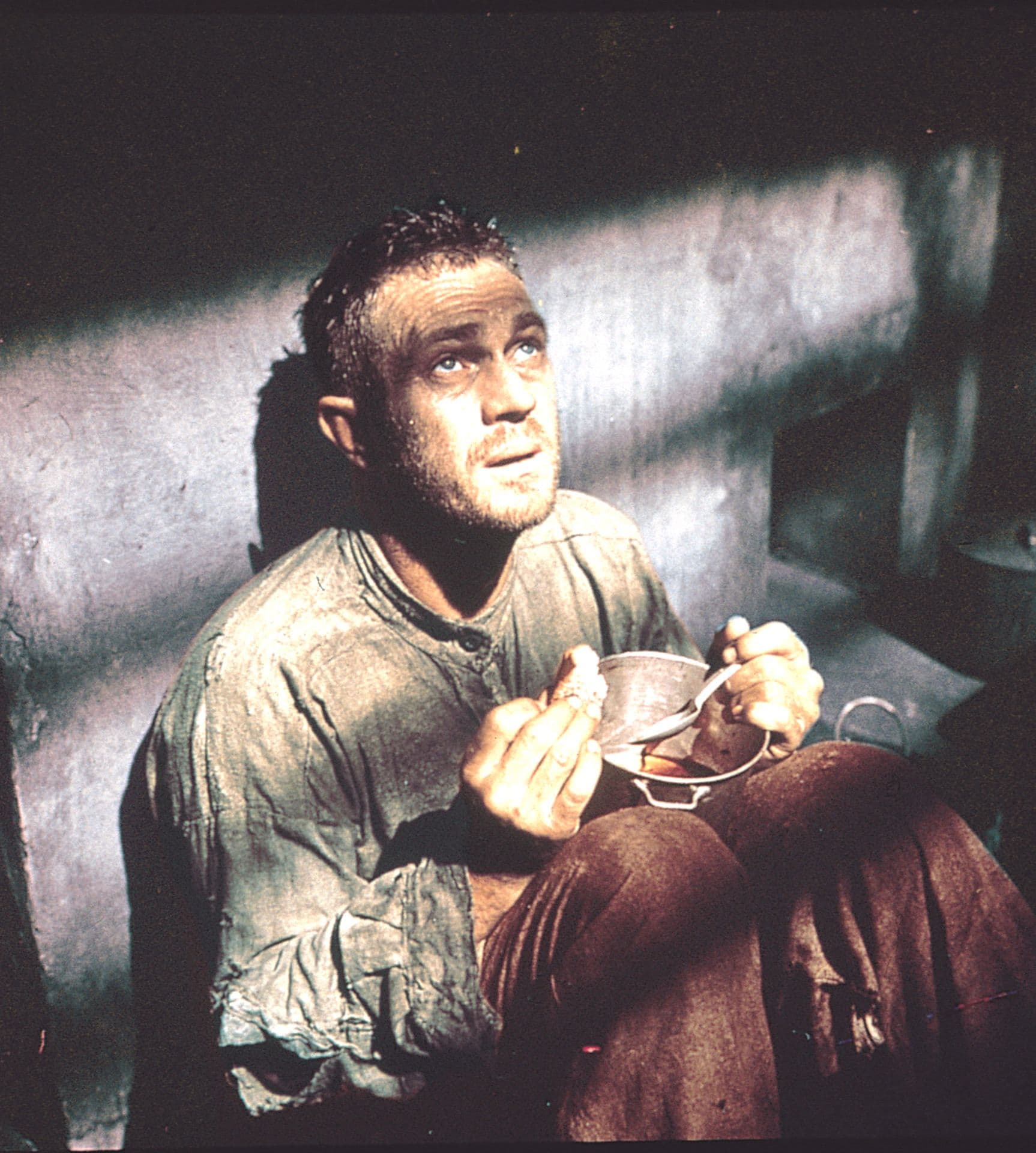
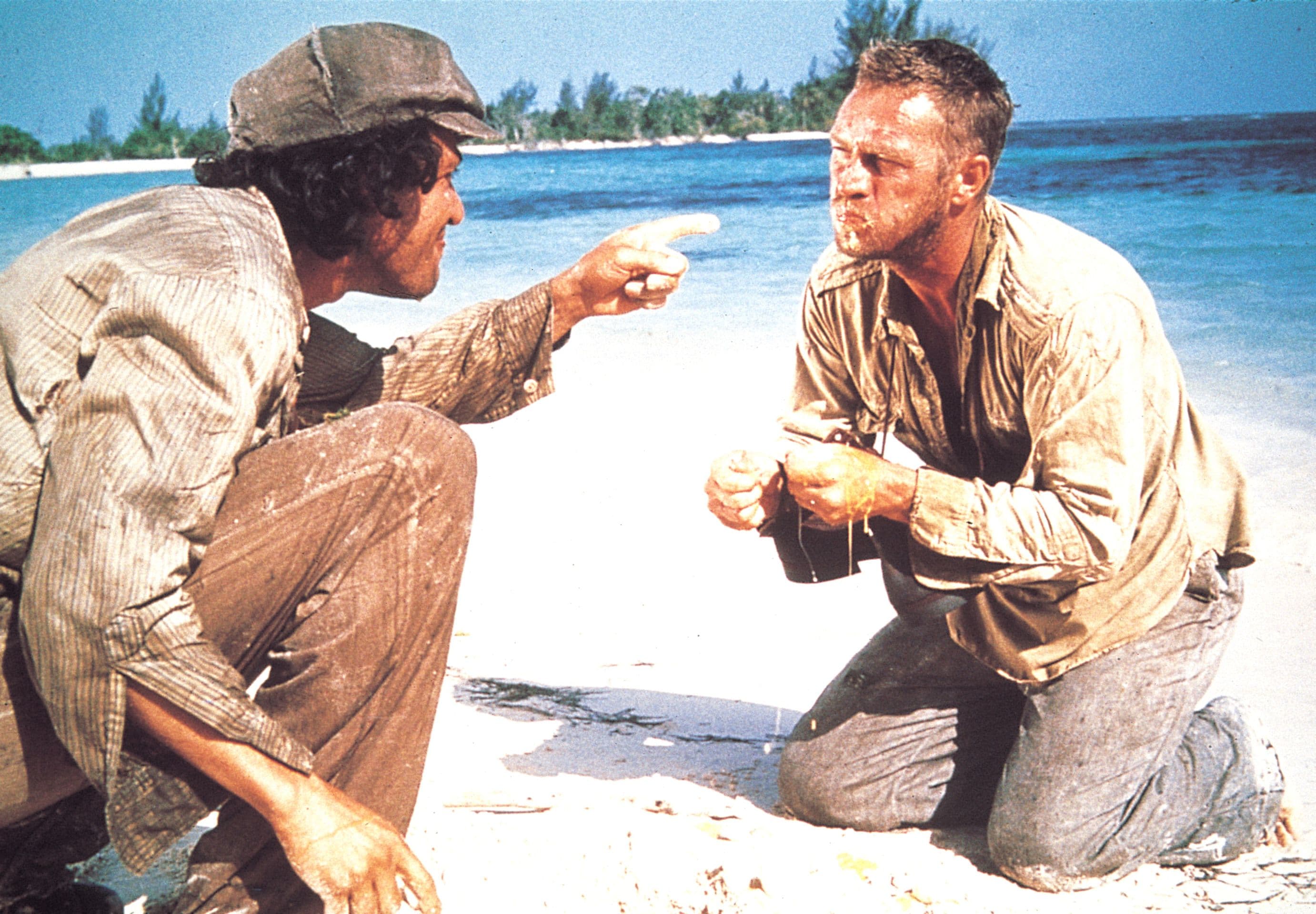
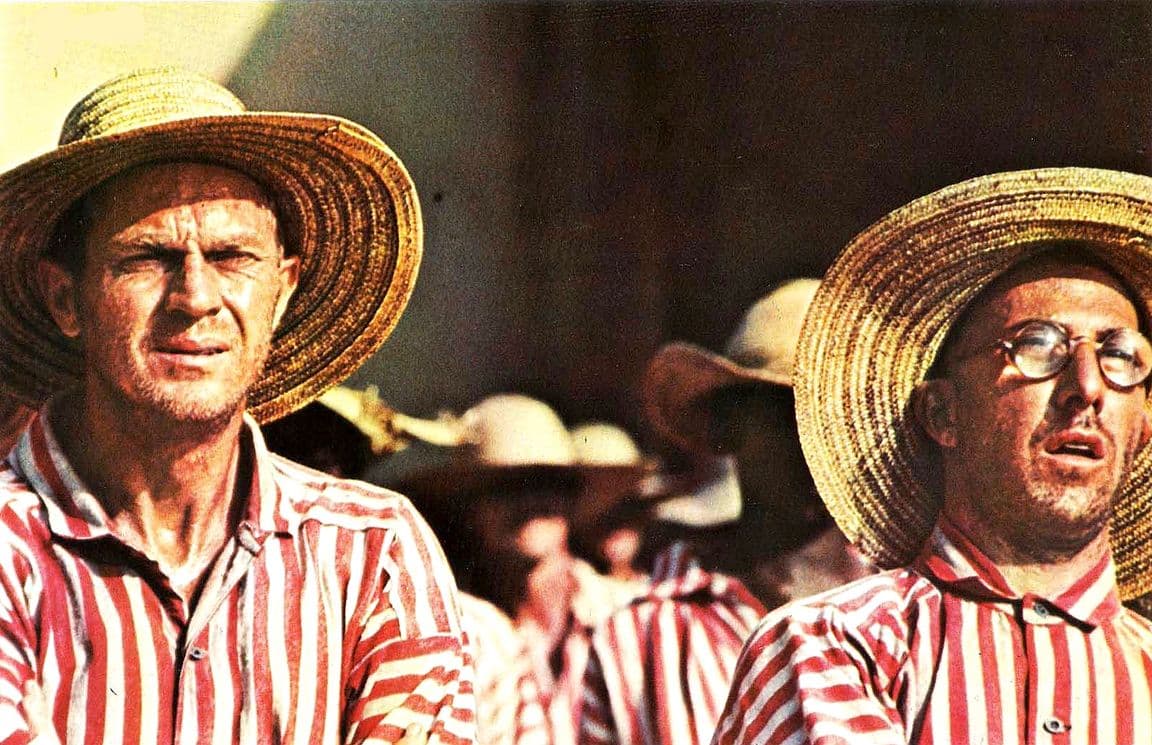
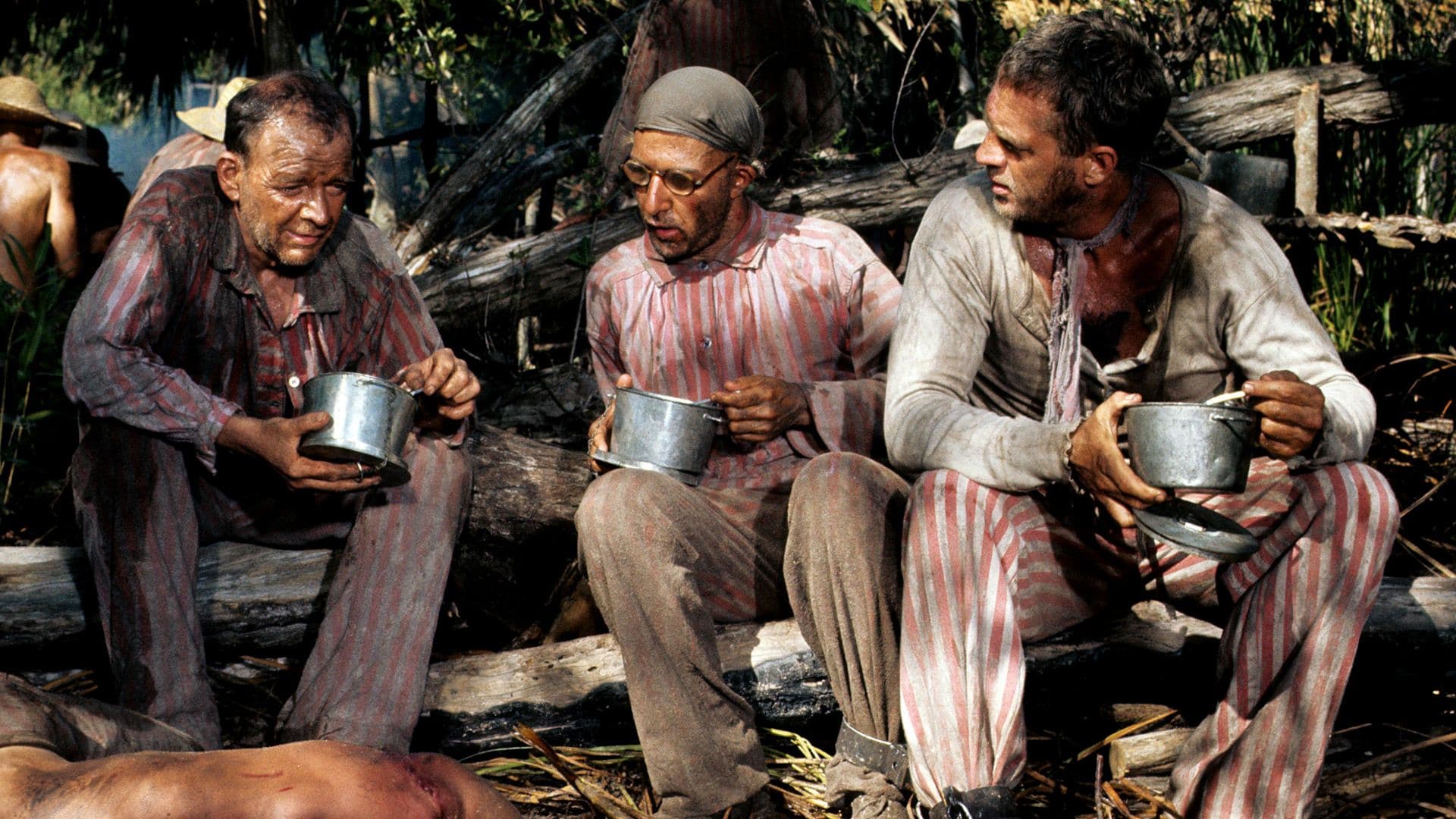
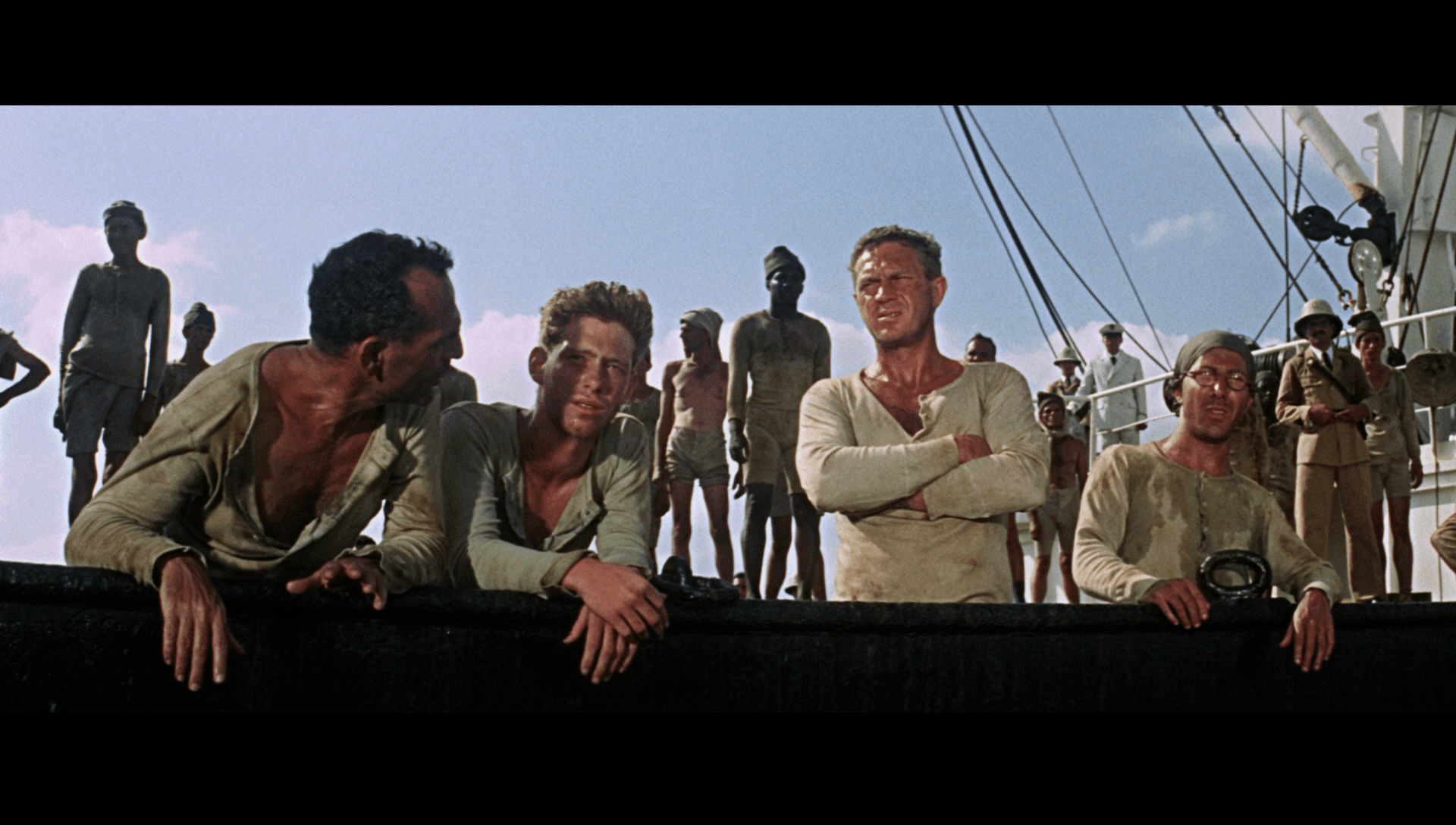
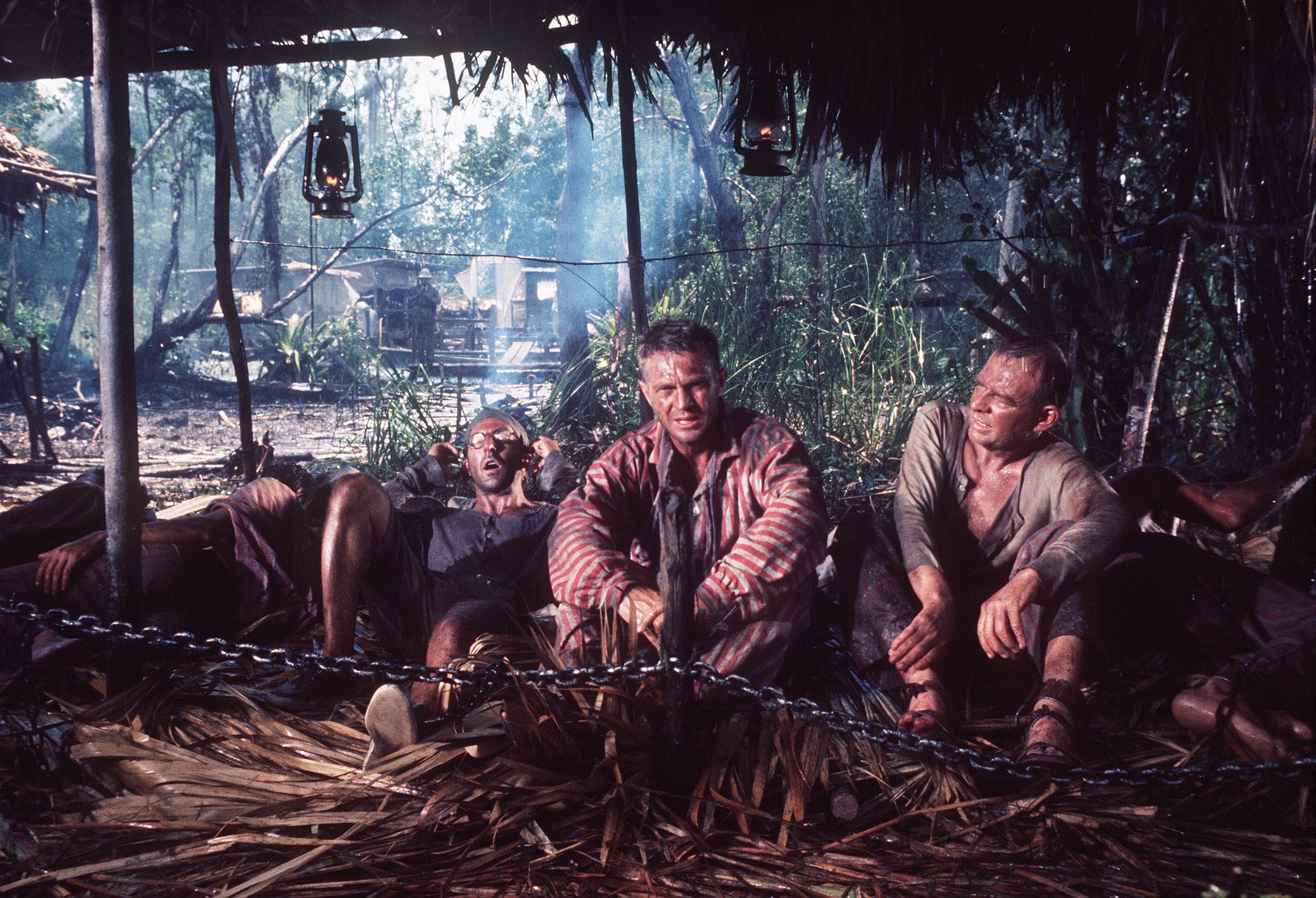
Comments
Loading comments...